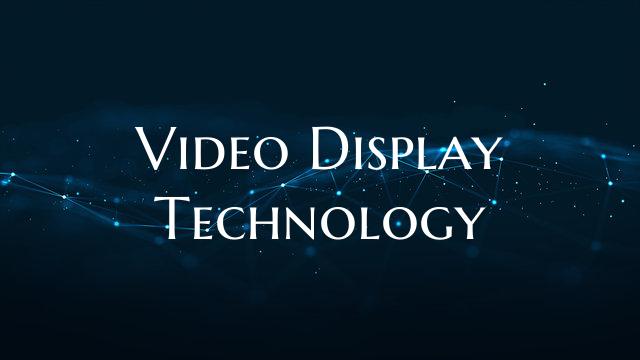Video Display Technology
In today's digital age, video display technology plays a pivotal role in our daily lives. From the mesmerizing visuals on our smartphones to the immersive quality of large-scale displays in stadiums and cinemas, the evolution of video display technology has been nothing short of revolutionary.
The journey of video display technology dates back to the early cathode ray tube (CRT) televisions that brought moving images into people's homes. As technology progressed, we witnessed the shift to flat-panel displays such as liquid-crystal displays (LCDs) and plasma screens. These advancements not only improved picture quality but also led to the development of high-definition (HD) and ultra-high-definition (UHD) resolutions, providing viewers with crystal-clear images and vibrant colors.
The introduction of light-emitting diode (LED) technology marked a significant turning point in video display technology. LED displays are known for their energy efficiency, superior brightness, and enhanced contrast ratio, making them popular choices for large outdoor billboards, digital signage, and home theaters. LED displays come in various forms, including direct-view LED screens and LED-backlit LCD panels, each offering unique benefits depending on the application.
Furthermore, the rise of organic light-emitting diode (OLED) displays has captured the attention of tech enthusiasts and consumers alike. OLED technology enables each pixel to emit its light, resulting in true blacks, infinite contrast ratios, and wider viewing angles. This has redefined the viewing experience, especially in premium smartphones, televisions, and VR headsets.
One of the latest innovations in video display technology is the advent of flexible and foldable displays. These cutting-edge displays use advanced materials and engineering techniques to create screens that can bend, curve, and even fold without compromising on picture quality. This opens up new possibilities for portable devices, wearable technology, and futuristic form factors that were previously unimaginable.
Looking ahead, the future of video display technology seems boundless. Advancements in areas such as quantum dot technology, microLED displays, and holographic displays promise to further revolutionize how we interact with visual content. As we continue to push the boundaries of innovation, one thing remains certain – video display technology will continue to shape our digital experiences and redefine the way we see the world.

